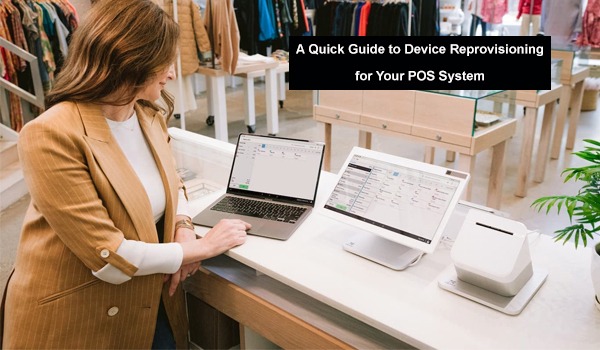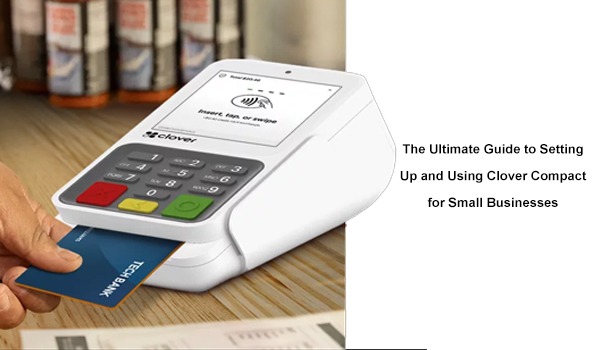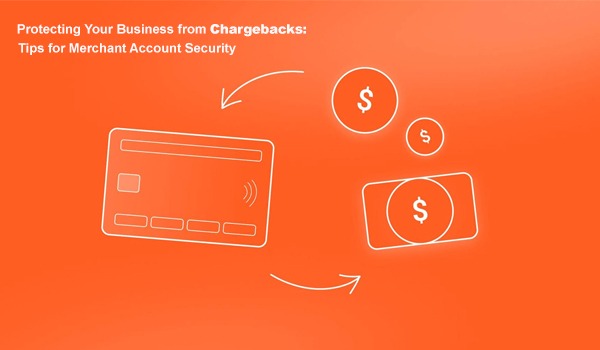
Interchange Fees: The Basics
Interchange fees are charges set by card networks (Visa, Mastercard, etc.) that merchants pay to process credit and debit card transactions. These fees cover transaction handling, fraud prevention, and network maintenance. They vary based on transaction type, industry, and card type. For businesses, interchange fees can significantly impact operating costs. While these fees are non-negotiable, optimizing how they are managed through an efficient interchange program can help reduce expenses.
Interchange rates are typically higher for transactions with greater risk, such as online payments or manually entered card details. However, businesses can lower costs by ensuring transactions meet specific criteria, such as providing complete data and using secure processing methods. Implementing an efficient interchange program helps businesses qualify for lower rates by ensuring transactions are processed most cost-effectively, ultimately improving profitability. By working with processors that have robust optimization tools, businesses can make the most of these savings.
How Efficient Interchange Programs Reduce Costs
An efficient interchange program helps businesses qualify for the lowest possible interchange rates. These programs analyze transaction details and ensure they meet the necessary criteria for lower-cost processing. Key strategies include:
- Ensuring Proper Transaction Data: Transactions with complete and accurate data (like AVS for online payments) qualify for lower rates. Providing additional details, such as invoice numbers or tax amounts, further enhances the chances of securing lower interchange fees. This can significantly reduce the overall cost per transaction, especially for larger businesses.
- Choosing the Right Card Type: Debit cards generally have lower interchange rates than credit cards. Encouraging customers to use debit payments, especially for high-value transactions, can significantly reduce processing costs over time. Encouraging cardholders to opt for debit cards at checkout can help businesses minimize unnecessary fees.
- Optimizing Card-Present Transactions: In-person transactions with chip and contactless payments often receive better rates than manually keyed-in payments. Training staff to properly process card-present transactions and ensuring the use of secure, EMV-compliant terminals can help maximize cost savings. This also enhances security and builds consumer trust, which can result in more frequent and larger purchases.
- Reducing Downgrades: Transactions that don’t meet specific criteria get downgraded to higher rates. An efficient interchange program helps businesses avoid downgrades by ensuring all required transaction details are included and payments are processed using best practices, minimizing unnecessary fees. Regular audits can help businesses spot and fix downgrades proactively, leading to more consistent savings.
Interchange Optimization and Qualification Levels
Interchange optimization is the process of structuring transactions to qualify for lower interchange rates. The more detailed the transaction data, the better the chances of securing reduced fees. There are different qualification levels:
- Level 1: Requires only basic transaction details like card number, expiration date, and amount. This is the standard level for most consumer transactions, but it does not offer cost-saving benefits compared to higher levels.
- Level 2: Includes additional details such as tax amount and customer reference number, making it ideal for B2B transactions. Providing this extra data helps businesses qualify for lower interchange rates, especially when dealing with corporate or purchasing cards.
- Level 3: Requires highly detailed transaction data, including item descriptions, quantities, and invoice numbers. This level is mainly used for large B2B and government transactions, where transparency and compliance are crucial. By submitting extensive transaction details, businesses can access the lowest possible interchange rates for high-value sales.
Businesses processing high-value transactions should ensure their payment processor supports Level 2 and Level 3 data entry. This not only reduces interchange fees but also improves record-keeping and enhances the credibility of transactions, particularly in the corporate and government sectors.
Pricing Models: Why Interchange Plus Is the Best Option
When choosing a pricing model for payment processing, it's important to understand your options. Here are the most common pricing models:
- Interchange-Plus Pricing: You pay the exact interchange fee plus a small markup. This transparent model offers cost savings, especially for high-volume businesses, because you only pay for what you process.
- Flat-Rate Pricing: A single percentage is charged for all transactions, which includes a markup. While simple, it may not be the most cost-effective, particularly for businesses with large transactions.
- Swiped vs. Non-Swiped: Card-present (swiped) transactions typically have lower fees than card-not-present (non-swiped) transactions. A good processor will optimize both types to help you save.
Why Interchange-Plus is Better
Interchange-plus is ideal for businesses that process a high volume of transactions. It provides transparency, ensures you only pay the exact interchange fee, and offers savings over flat-rate pricing, which can include hidden markups. By opting for interchange-plus, businesses can better control costs and improve profitability. In addition, this model allows businesses to take full advantage of lower-cost transaction types, such as debit or in-person payments, ultimately lowering overall expenses.
Best Practices for Reducing Interchange Costs
To maximize savings with an efficient interchange program, businesses should follow these best practices:
- Choose a Processor That Optimizes Transactions: Select a payment processor that automatically adjusts transactions to meet the criteria for lower interchange rates, ensuring you get the best deal for every payment. This proactive approach ensures that each transaction is handled in the most cost-effective way possible.
- Encourage Lower-Cost Payment Methods: Promote debit card usage over credit cards, as debit transactions generally have lower fees. Offering incentives for debit payments can help reduce overall processing costs. Additionally, providing discounts or rewards for debit card payments can encourage customers to adopt these payment methods.
- Avoid Manual Keyed Transactions: Card-present transactions (swiped or tapped) are typically cheaper than manually entered payments. By encouraging customers to use their cards in person, businesses can reduce fees associated with keyed-in transactions. Furthermore, businesses should ensure that terminals are updated to handle EMV chip and contactless payments.
- Utilize Advanced Fraud Prevention Tools: Tools like Address Verification Service (AVS) and 3D Secure enhance security, reduce chargebacks, and help businesses qualify for lower interchange rates, as secure transactions are less risky for processors. These tools not only lower costs but also protect businesses from financial losses due to fraud.
- Regularly Review Fee Reports: Stay on top of transaction data by reviewing interchange fee reports frequently. This helps identify trends and opportunities to optimize processing, making it easier to spot areas for cost reduction. Regular reviews allow businesses to spot inefficiencies and implement corrective measures before costs become unmanageable.
Conclusion
Interchange fees are a major component of payment processing costs, but with the right strategies, businesses can optimize expenses. Efficient interchange programs help secure the best possible rates by ensuring transactions meet the necessary criteria, reducing downgrades, and choosing the right pricing model. By working with a payment processor that supports interchange optimization and following best practices, businesses can achieve better cost control and improve overall profitability.
Moreover, continually evaluating transaction data, adjusting payment methods, and staying updated on new interchange strategies can lead to ongoing cost reductions. Businesses that proactively manage their interchange fees position themselves for long-term success, ensuring that every transaction is as cost-efficient as possible. By leveraging the right tools, processes, and strategies, businesses can create a sustainable model for ongoing savings, reducing the burden of interchange fees and improving their bottom line in the long term.









